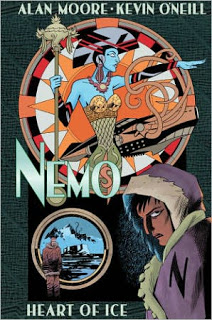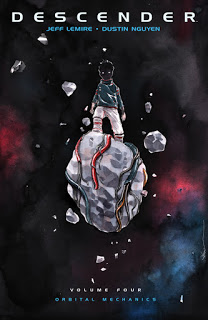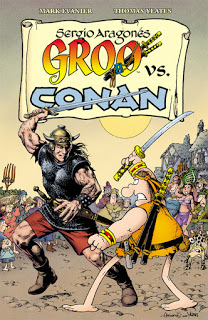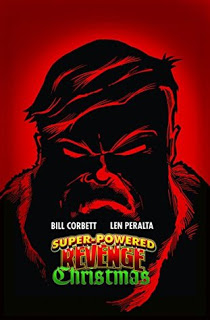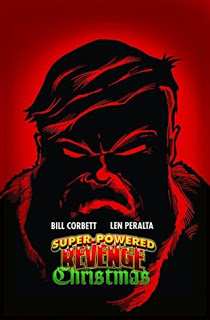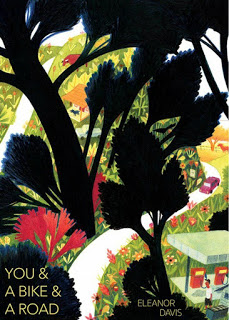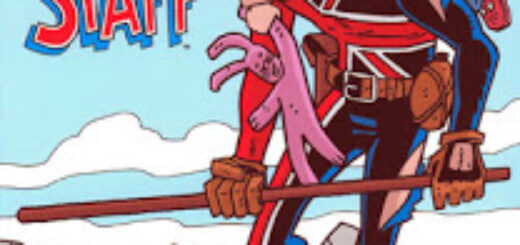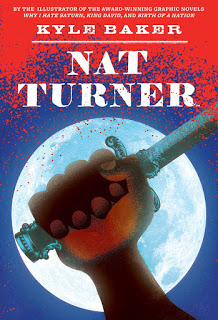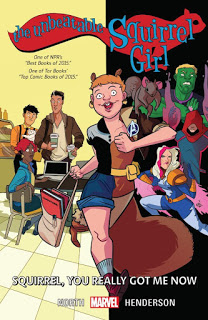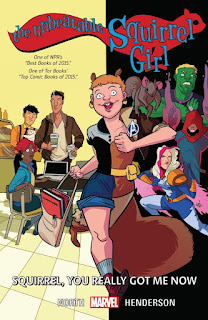Book-A-Day 2018 #90: The Nemo Trilogy by Alan Moore & Kevin O’Neill
One of the core joys of comic books for the past fifty years has been playing with other people’s toys. I’m not hugely in sympathy with that impulse myself, but I can recognize that a lot of people want to do it, either directly (by writing comics) or indirectly (by reading those comics and arguing about how it should have been done).
Alan Moore, I’m coming to think, became a famous and respected comics writer because he has that urge on a level previously unknown to man: he wants to play with everyone’s toys, all at once, together, making some massive Lego set that takes over his living room and forcing his family to quietly leave and go live with relatives. (My metaphor may be breaking down slightly.)
The League of Extraordinary Gentlemen stories are clearly the strongest expression of that love: they take as many other people’s fictional characters as possible — those from authors safely dead and their works in the public domain, so their current corporate guardians can’t cause problems — and mash them together in various permutations.
(Lost Girls, on the other hand, is the fictional equivalent of taking the clothes off GI Joe and Barbie and making them kiss, then pretending they’re having sex.)
I finally caught up with a League offshoot recently — the three short graphic novels Moore wrote for League collaborator Kevin O’Neil to draw about “Princess Janni Dakkar,” the daughter of Jules Verne’s Captain Nemo. The three Nemo book, like the rest of the League stories, are entirely filled with other people’s characters and settings and ideas: that’s the point of that universe. It’s Moore’s only personal Amalgam universe, with all of the bits that he likes of every fictional world he’s ever enjoyed.
And so these books are stuffed with other people’s characters and ideas — so many of them that you have to be a pop-culture scholar to know who all of them are. Since I’m not Jess Nevins — there’s already one of him! — I’m not going to go that deeply into the specifics. (Though I might be better read than I expected, since I recognized the Thinking Machine from his real name — the benefits of a childhood spent read everything that came to hand.)
The trilogy covers most of Janni’s life — she’s young and energetic in Heart of Ice
, set in 1922, middle-aged and concerned about her family in The Roses of Berlin
‘s 1941, and a dying, haunted old woman by 1975 for River of Ghosts
. The three books are closely connected by the same antagonist — H. Rider Haggard’s Ayesha (aka “She”), the immortal white African queen. I call her the antagonist and not the villain because Janni sets the whole thing in motion by stealing what seems to be the entire wealth of the exiled Ayesha at the beginning of Heart of Ice.
Of course, Janni is in the old family business — she’s a pirate. And if one sets up as a pirate, one can’t be surprised when other people take offense to their things being stolen. It’s not quite true to say that one unwise attack blighted the rest of Janni’s life, since this is a horrible 20th century full of monsters and villains (not least Janni and her fellow megalomaniacs and criminals, who seem to run roughshod over everyone else and may actually rule the world! bwaa ha ha ha!), but it certainly didn’t help.
So Heart of Ice tells the story of a badly planned expedition to Antarctica, to what Moore does not exactly call the Mountains of Madness. Janni’s rapidly shrinking forces, who I think are all minor British adventure heroes of the 19th century, are harried by a group of American “science heroes” hired by Ayesha’s current benefactors. The group is led by a thinly veiled Tom Swift, here under a veiled name because trademarks are far more durable than copyrights.
Then The Roses of Berlin sees Janni and her husband, Broad Arrow Jack, fighting their way into a Rotwangian nightmare Berlin to save their daughter and her husband (the second generation Robur) from the evil clutches of the worse-than-Nazis, who are inevitably allied to Ayesha. And, again, Robur and “young mistress Hira” were engaged in war on Germany when they were captured — the enemies in these books may be horrible and cruel and entirely wrong for this world, but they’re equally sinned against by our putative heroes.
Finally, an obsessed Jenni chases rumors of a reborn Ayesha up the Amazon to the obligatory den of hidden Nazis and their robot bimbo army in River of Ghosts, bringing an end to the story of Janni and Ayesha, though the Nemo family will live on, for potential sequels.
At the end of it all the world is still, as far as we can see, run by the villains of popular literature, and there’s no sign it’s anything but horrible for anyone who isn’t the star of a story Moore liked as a child. We did have three gorgeously-drawn adventure stories full of wonders and terrors, and a game of spot-the-reference that many of us will have enjoyed a lot. But it all does feel faintly pointless, as if Moore can write these everybody-else’s-characters-fight stories in his sleep, and is now doing so.
![]()
![]()
Reposted from The Antick Musings of G.B.H. Hornswoggler, Gent.

